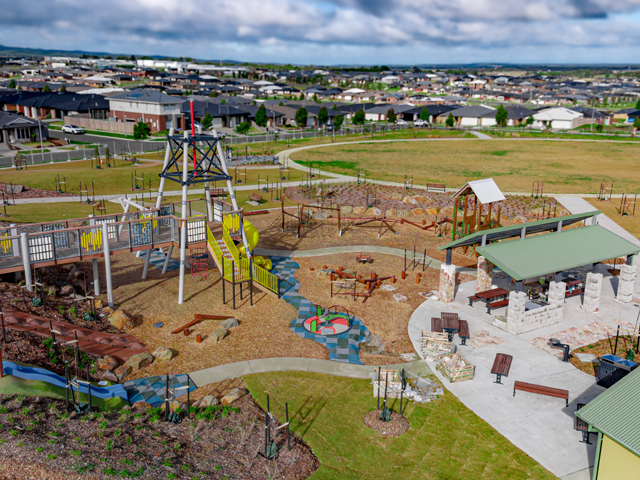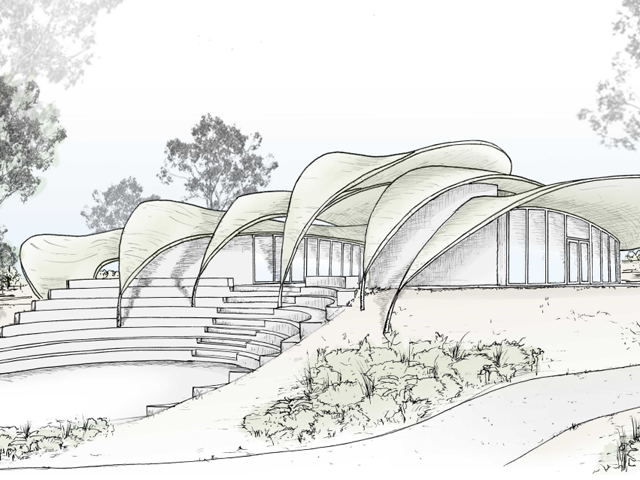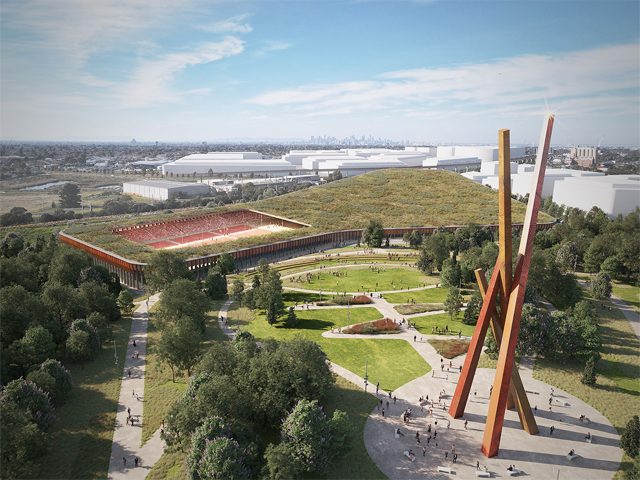CABLE CAR TO SOAR ABOVE SWEDEN
15 Nov 2018, 61 views
To celebrate the city's 400th anniversary in 2021, Gothenburg in Sweden will implement an innovative new cable car system to provide fast and efficient public aerial transport across the city.

UNStudio has been selected to build a cable car system for the Swedish City of Gothenburg. The system will comprise one cable car line with four stations and six towers, and is one of a number of projects undertaken by the city to mark its 400th anniversary in 2021. The cable car system, which will provide fast and efficient aerial transport across the city, will be the first new mode of public transportation in Sweden since the subway was introduced in the 1930s.
“A cable car system can not only provide much needed sustainable transport between otherwise disconnected parts of our growing cities but by travelling ‘as the crow flies’ and bypassing traffic congestion on the ground, it can ensure extremely fast, reliable and efficient travel for both residents and visitors alike,” explained Ben Van Berkel, founder and principal architect of UNStudio. “Although primarily a pragmatic solution, cable cars are also a very congenial way to travel as they enable us to see and experience our cities in a whole new way.” 
The 3km-long cable car line starts at Järntorget in the historic city on the south bank of the river, where it links to a bus and tram transfer node. It then crosses the river and continues to three further stations in the north of the city. Six towers that reference Gothenburg’s shipyard cranes continue across the landscape. “The aim of the design is to reflect the robustness of this industrialised city’s past while alluding to its expansive future,” continued Van Berkel. “Although the towers are pieces of high engineering, they are also very sculptural, slender and transparent within the urban landscape.”
At night the illumination of the towers is achieved by spotlights that line the inside of the tower beam surface. Light cutting through a gap between structural components creates a thin, sharp line that subtly emphasises the silhouette at night. Meanwhile, the stations are not only designed around principles of natural wayfinding and social safety but also with a strong identity in mind that will make them clearly recognisable as destination points within the city. 
Energy is generated by the stations themselves by way of PVT panels (photovoltaic thermal hybrid solar collectors) that are integrated within the roof structures to provide both electrical energy for lighting and thermal energy to heat floors and stairs.

MORE NEWS

STRIKING GOLD IN BALLARAT

JARRAHDALE TRAIL CENTRE TAKES DESIGN CUES FROM NATIVE FLORA

WOOD CARVING WITH BRANDON KROON

MASTERPLAN FOR INCLUSIVE, CLIMATE-RESILIENT COMMUNITY PARK IN LISMORE

HARNESSING THE POWER OF DESIGN TO TRANSFORM CITIES

